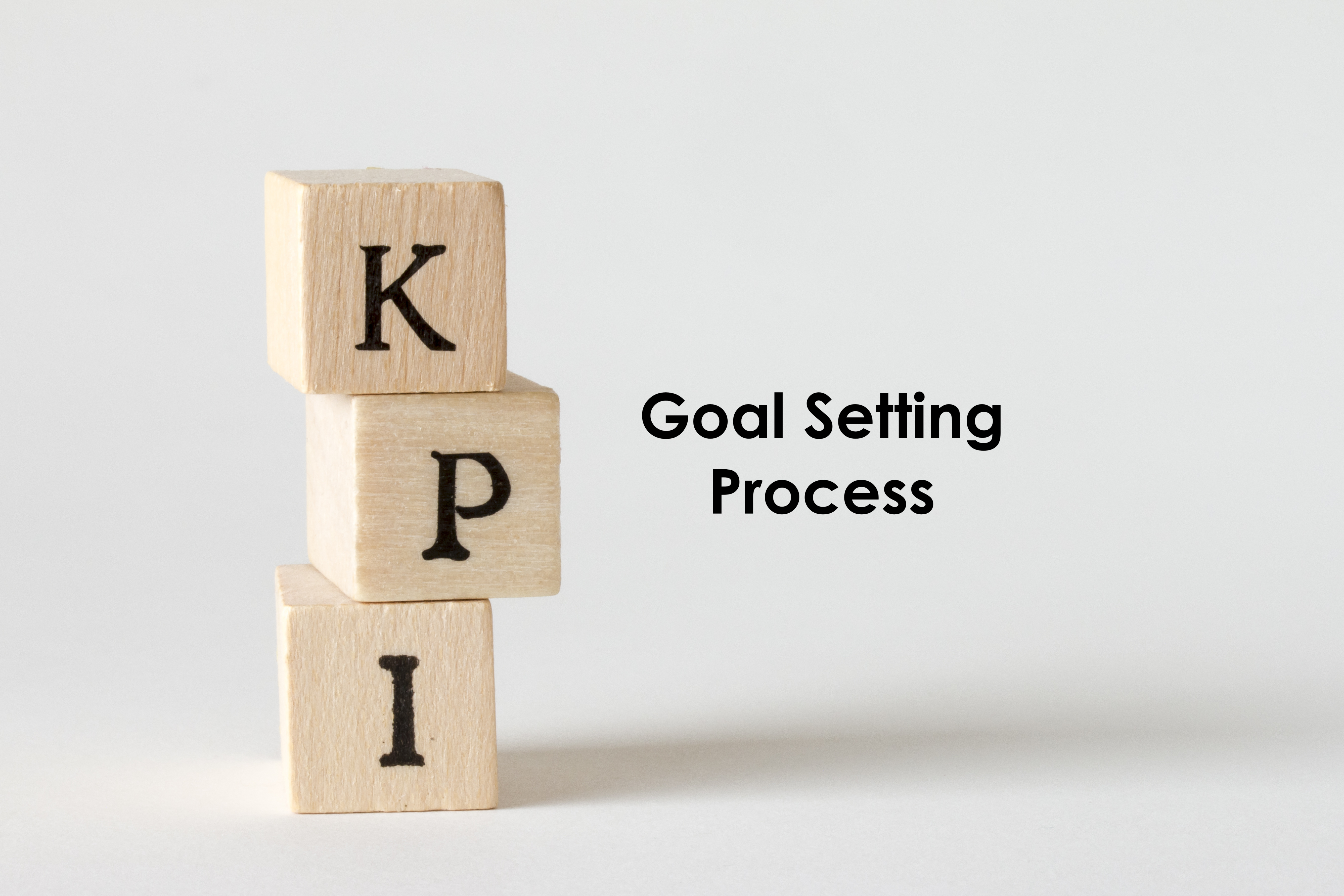
PAID to Act: A Proven Process to Assessing Employees
There comes a time in nearly everyone’s management career when he or she must decide whether to keep, redeploy or release an employee. A number of factors need to be considered when making this decision, and while the emotions should be removed, this decision also requires compassion. I thought I’d share my process, which I call PAID to Act, for helping clients ensure they’ve considered all the factors.
Passion
Does this employee demonstrate a desire to be in the position? This comes across in more than just words; it includes actions, non-verbal cues and attitude. What signals are they sending to let you know they have the desire to perform at the required level? Do they exhibit energy when assigned a new task? Are they willing to spend the extra time to make sure a job is done right? Or are they out the door at the end of their day?
Aptitude
If an employee has the passion, the next question is whether they have the skills needed to perform. There may be times when the employee needs training or coaching in order to increase their skill set. If the employee lacks competence but shows a desire to improve, then it’s still possible to retain the employee and develop their skill set. But there are times when it isn’t possible for the employee to develop the needed competence in order to fulfill the position. And that is when managers must make a hard decision: release or redeploy.
Importance
An employee might have the desire and aptitude to be in a position but might not understand its importance. Some positions come with a higher salary but also demand more time, a higher profile and the ability to make difficult decisions. Many people, especially younger employees, express a desire to be a supervisor manager without really understanding the responsibilities that come with those positions. Some management positions can mean additional hours and stress without any added glamour. Without a doubt, though, entry-level managers and front-line supervisors are the backbones of many companies. These individuals are often tasked with implementing the company vision while responding to each employee’s needs. No matter the role of the employee being evaluated, it is critical that he or she understand and embrace the responsibilities of the position.
Deliberation
You can’t make this decision without doing some internal reflection to ensure you have created an environment that provides the greatest opportunity for success. This can be a difficult thing to assess, but you must do so honestly. This includes asking yourself the following questions:
- Have I provided honest, direct feedback on the employee’s performance?
- Have I provided the tools the employee needs in order to thrive?
- Have I listened and understood the employee’s responses?
- Can I say with peace that I have done everything I could to provide an environment for success?
Act
If you believe you have done everything possible for a successful outcome, then the time has come for action. This action needs to Be Bold. Don’t hesitate or second-guess your decision. The longer you wait, the greater the risk for unintended consequences, including built-up resentment, degradation of team performance or spreading discontent to customers or suppliers.
Do you need help deciding on the best course of action? My proven process will assist you in reaching a decision. Call or email me today so we can decide the best course of action with all parties involved.









